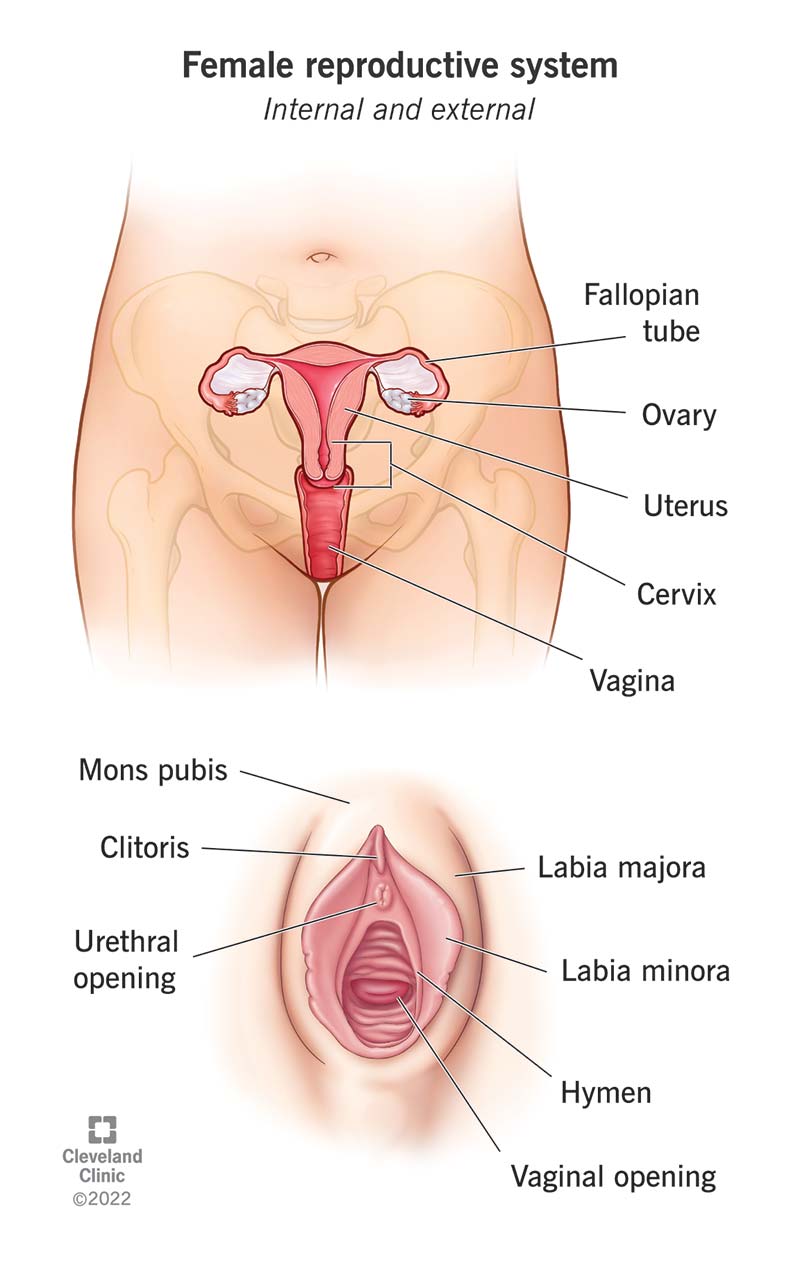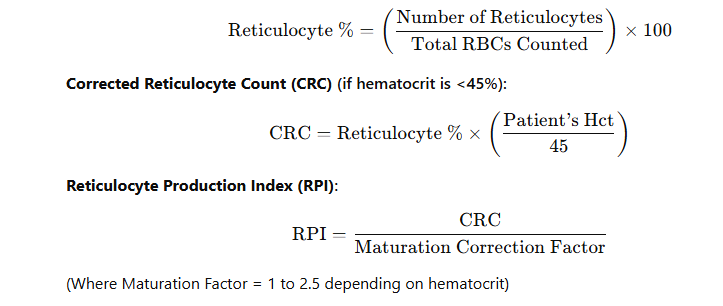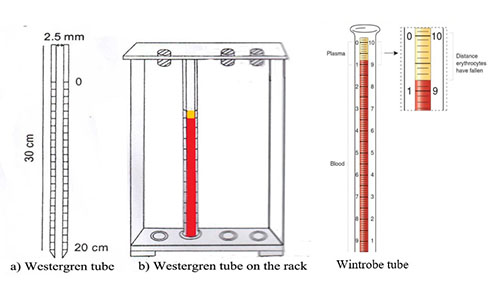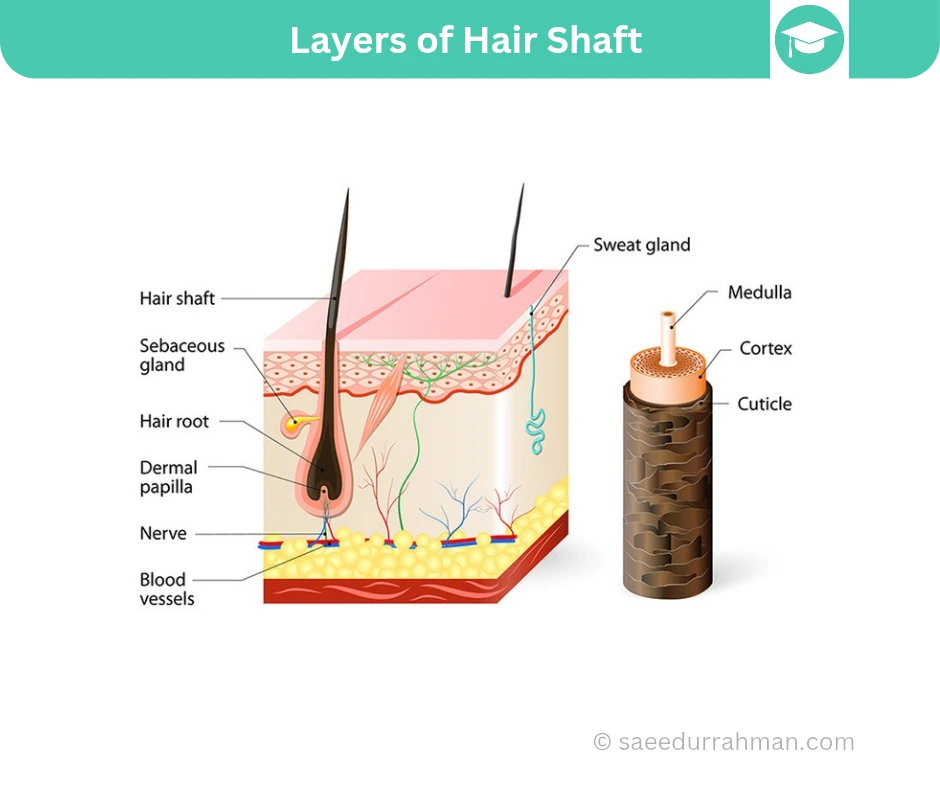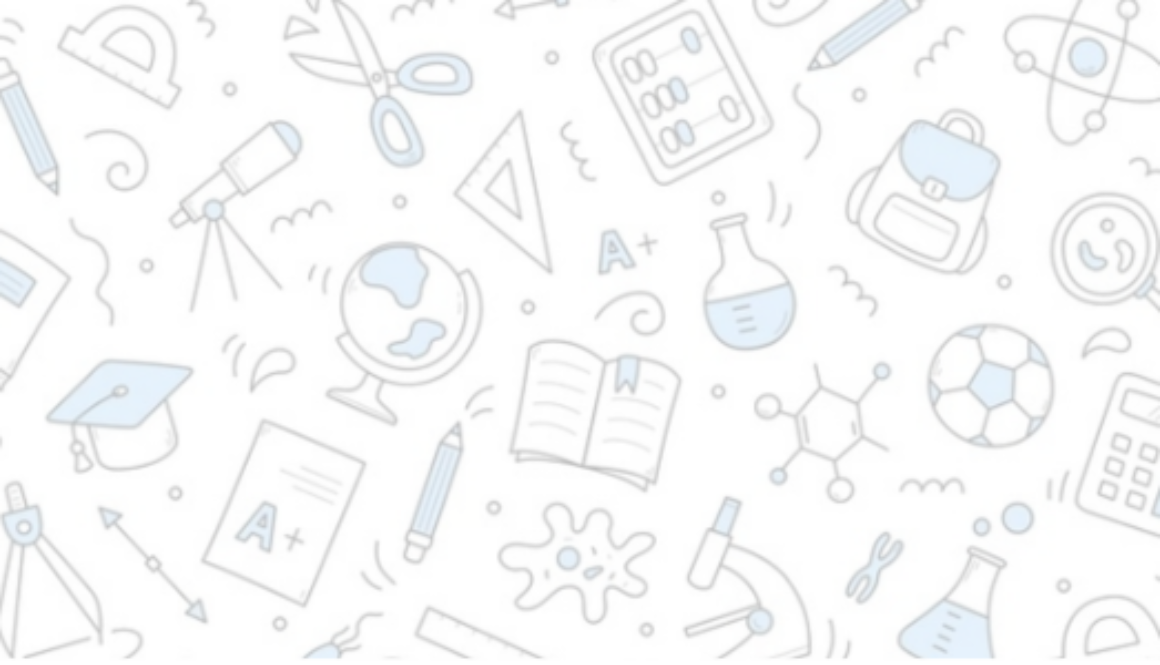Male Reproductive System: Structure & Function
What is the male reproductive system?
- The male reproductive system consists of a group of organs that make up the reproductive system and urinary system.
- The male reproductive system contains internal and external parts. Internal parts are inside your body, and external parts are outside your body.
- Together, these organs help you pee, have sexual intercourse and make biological children.
1. External – male reproductive parts
Most of the male reproductive system is on the outside of your abdominal cavity or pelvis. The external body parts include your penis, scrotum and testicles. Other names for these parts are genitals or genitalia.
~ Penis:
The penis is the male organ for sexual intercourse.
It contains many sensitive nerve endings, and it has three parts:
1. Root-
- The root is the base of your penis.
- It attaches to the wall of your abdomen.
2. Body (shaft)-
- The body has a shape like a tube or cylinder.
- It consists of three internal chambers: the two larger chambers are the corpora cavernosa, and the third chamber is the corpus spongiosum.
- The corpora cavernosa run side by side, while the corpus spongiosum surrounds your urethra.
- There’s a special, sponge-like erectile tissue inside these chambers. The erectile tissue contains thousands of spaces. During sexual arousal, the spaces fill with blood, and our penis becomes hard and rigid (erection). An erection allows you to have penetrative sex. The skin of our penis is loose and stretchy, which lets it change size when you have an erection.
3. Glans (head)-
- The glans is the cone-shaped tip of our penis.
- A loose layer of skin (foreskin) covers your glans.
- Healthcare providers sometimes surgically remove the foreskin (circumcision).
- In most people, the opening of the urethra is at the tip of the glans.
- The urethra transports pee and semen out of your body. Semen contains sperm.
- You expel (ejaculate) semen through the end of your penis when you reach sexual climax (orgasm).
When our penis is erect, our corpora cavernosa press against the part of our urethra where pee flows. This blocks our pee flow so that only semen ejaculates when we orgasm.
Normal size of the penis- Studies suggest that the average penis is about 3.5 inches (8.9 cm) when flaccid (soft) and a little more than 5 inches (13 cm) when erect.
~ Scrotum:
- Our scrotum is the loose, pouch-like sac of skin that hangs behind your penis.
- It holds your testicles (testes) as well as nerves and blood vessels.
- Our scrotum protects your testicles and provides a sort of “climate-control system.”
- For normal sperm development, your testes must be at a temperature that’s slightly cooler than body temperature (between 97 and 99 degrees Fahrenheit or 36 and 37 degrees Celsius).
- Special muscles in the wall of your scrotum let it contract (tighten) and relax.
- Our scrotum contracts to move your testicles closer to your body for warmth and protection.
- It relaxes away from your body to cool them.
~ Testicles:
- Our testicles (testes) are oval-shaped organs that lie in your scrotum.
- They’re about the size of two large olives.
- The spermatic cord holds your testicles in place and supplies them with blood. Most people have two testicles, on the left and right side of their scrotum.
- Our testicles make testosterone and produce sperm. Within your testicles are coiled masses of tubes.
- These are the seminiferous tubules.
- The seminiferous tubules produce sperm cells through spermatogenesis.
~ Epididymis:
- Our epididymis is a long, coiled tube that rests on the back of each testicle.
- It carries and stores the sperm cells that your testicles create.
- Our epididymis also brings the sperm to maturity — the sperm that emerge from your testicles are immature and incapable of fertilization.
- During sexual arousal, muscle contractions force the sperm into your vas deferens.
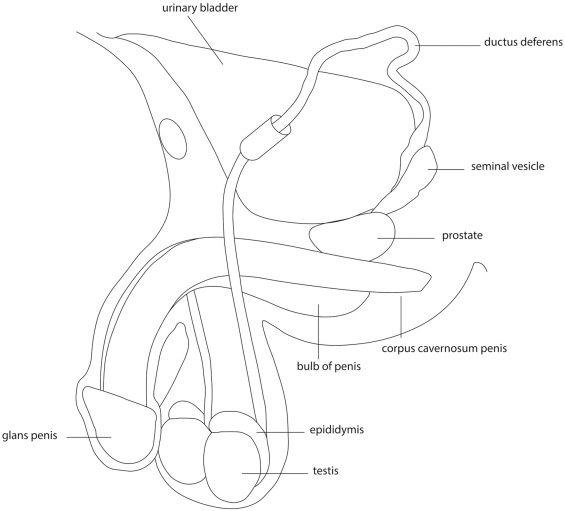
2. Internal – Male Reproductive Parts:
There are several internal (accessory) organs in the male reproductive system. They include:
~ Vas deferens:
- Our vas deferens is a long, muscular tube that travels from the epididymis into our pelvic cavity,
- just behind your urinary bladder.
- Our vas deferens transports mature sperm to the urethra in preparation for ejaculation.
~ Ejaculatory ducts:
- Each testicle has a vas deferens that joins with seminal vesicle ducts to form ejaculatory ducts.
- The ejaculatory ducts move through your prostate, where they collect fluid to add to semen.
- They empty into your urethra.
~ Urethra:
- The urethra is the tube that carries pee from your bladder outside of your body.
- If you have a penis, it also ejaculates semen when you reach orgasm.
~ Seminal vesicles:
- Our seminal vesicles are sac-like pouches that attach to our vas deferens near the base of our bladder.
- Seminal vesicles make up to 80% of your ejaculatory fluid, including fructose.
- Fructose is an energy source for sperm and helps them move (motility).
~ Prostate gland:
- Our prostate is a walnut-sized gland that rests below your bladder, in front of your rectum.
- Our prostate adds additional fluid to ejaculate, which helps nourish sperm. Your urethra runs through the center of your prostate gland.
~ Bulbourethral (Cowper) glands:
- Our bulbourethral glands are pea-sized structures on the sides of our urethra,
- just below our prostate.
- They create a clear, slippery fluid that empties directly into our urethra.
- This fluid lubricates our urethra and neutralizes any acids that may remain from your pee.
Function
~ What does the urethra do?
The organs that make up the male reproductive system perform the following:
- Produce, maintain and transport sperm cells and semen.
- Sperm cells are male reproductive cells. Semen is the protective fluid around sperm.
Discharge sperm. - Produce and secrete male sex hormones.
~ How does the male reproductive system function?
The entire male reproductive system depends on hormones. Hormones are chemicals that stimulate or regulate activity in our cells or organs. The primary hormones that help the male reproductive system function include:
Follicle-stimulating hormone (FSH):
- Our pituitary gland makes FSH.
- FSH is necessary to produce sperm (spermatogenesis).
Luteinizing hormone (LH).
- Our pituitary gland also makes LH.
- LH is necessary to continue the process of spermatogenesis.
Testosterone:
- Testosterone is the main male sex hormone.
- It helps we develop certain characteristics, including muscle mass and strength, fat distribution, bone mass and sex drive (libido).
Disorders & Diseases:
Common conditions that affect the male reproductive system include:
- Testicular cancer
- Penile cancer
- Prostate cancer
- Sexually transmitted
- infections (STIs)
- Premature ejaculation
- Male infertility
- Erectile dysfunction
- Priapism


